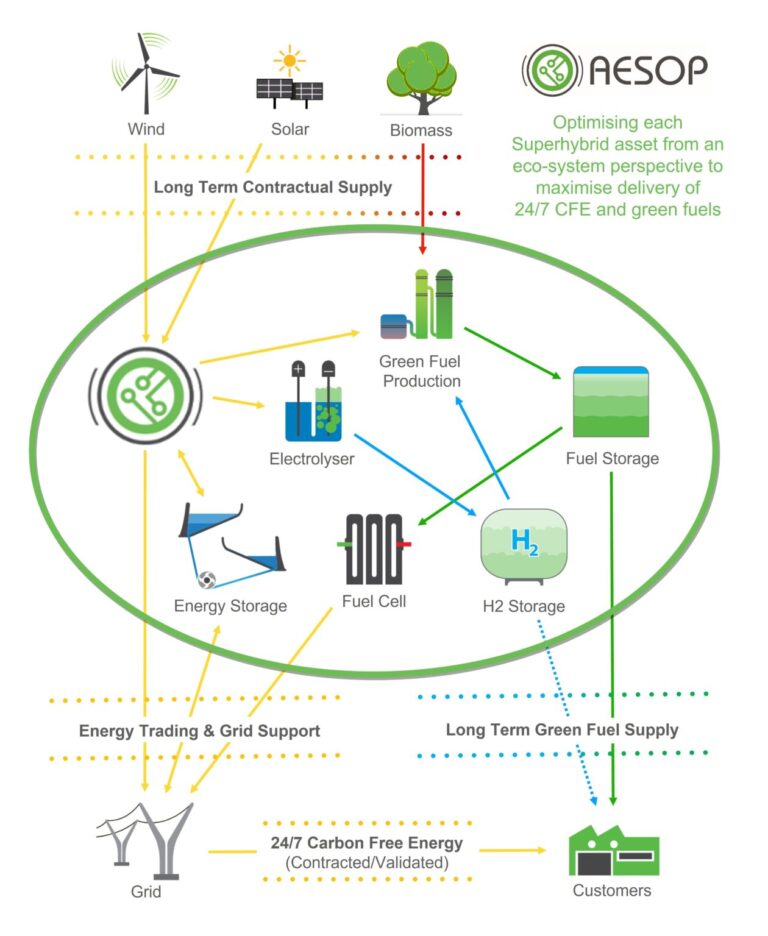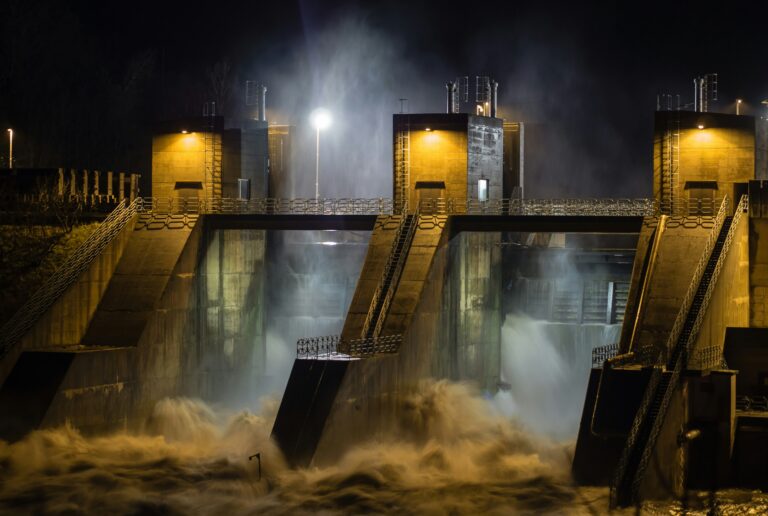By Chris Baker, Founder and Director, Sunshine Hydro.

Hydro Tasmania gets it when it comes to deep storage — well, kind of, and we’ll get to that later. But they do certainly understand one of the key values of deep storage. In a paper prepared by Tas Hydro for ARENA, they find that Deep storage will be better placed to manage the uncertain decisions in the real-world electricity market
This insight is related to the problem of imperfect foresight — what will be the value of electricity in the future, and how much variable renewable energy will be generated.
Tasmania Hydro analysed the difference in outcomes when a storage system is operated with perfect foresight (what is typically done in analysing future pumped hydro projects) and a more realistic representation of the real electricity market where decision makers do not have complete information.
The conclusion is that deep storage, that is greater than 12 hours, offers arbitrage advantages that cannot be captured by short term storage. We have come to the same conclusion and this contrasts with some analyses that conclude that there is little value in longer duration storage. This highlights the problem of creating models with perfect foresight, which is the case in many pumped hydro analyses which assume the arbitrage opportunities can be captured. Tas Hydro describes this problem thus:
Models of the national electricity market use the assumption of ‘perfect foresight’. While there are a range of simplifications in these models, perfect foresight is particularly relevant since it strongly affects the operation (and effectiveness) of storage. Perfect foresight means that all decisions are made with full knowledge of all relevant information at all times: past, present and future. This means that ‘perfect’ decisions will be made in selecting new developments and optimising for efficient operation (subject to modelling simplifications and assumptions).
Sunshine Hydro modelling uses a digital twin approach and feeds this model with only the data that is available at the time of decision making, resulting in a realistic analysis. Our results align with those of Tasmania Hydro.
At Sunshine Hydro this realism is part of our DNA and over the past 6 years of research and development have identified not one but 31 insights into not only the advantages of deep storage but also the resilience that can come from combining multiple technologies in a Superhybrid power station.
Using AESOP digital twin software allows us to model deep storage Superhybrid power stations under a myriad of operating regimes. Each insight, like the Tas Hydro insight into bidding strategies with deep storage, offers a commercial advantage. Each on its own can deliver a small increase in revenue. Stacking of these advantages leads to a significant uplift. Quite frankly it gives an unfair advantage to projects using AESOP.
To be honest we are wanting to keep the details to ourselves but we are prepared to share some glimpses from time to time of the results that are available. One of our proposed projects near Gladstone is able to produce green hydrogen at $1 to $2 per kg less than similar projects that aren’t taking advantage of what we have uncovered. $1 to $2 per kg might not seem like much. But when it’s the difference between being able to offer green hydrogen at $3.50 instead of $5.00… well, you get my drift.
If you’d like to read all the detail of the Tasmania Hydro report you can find it here.



